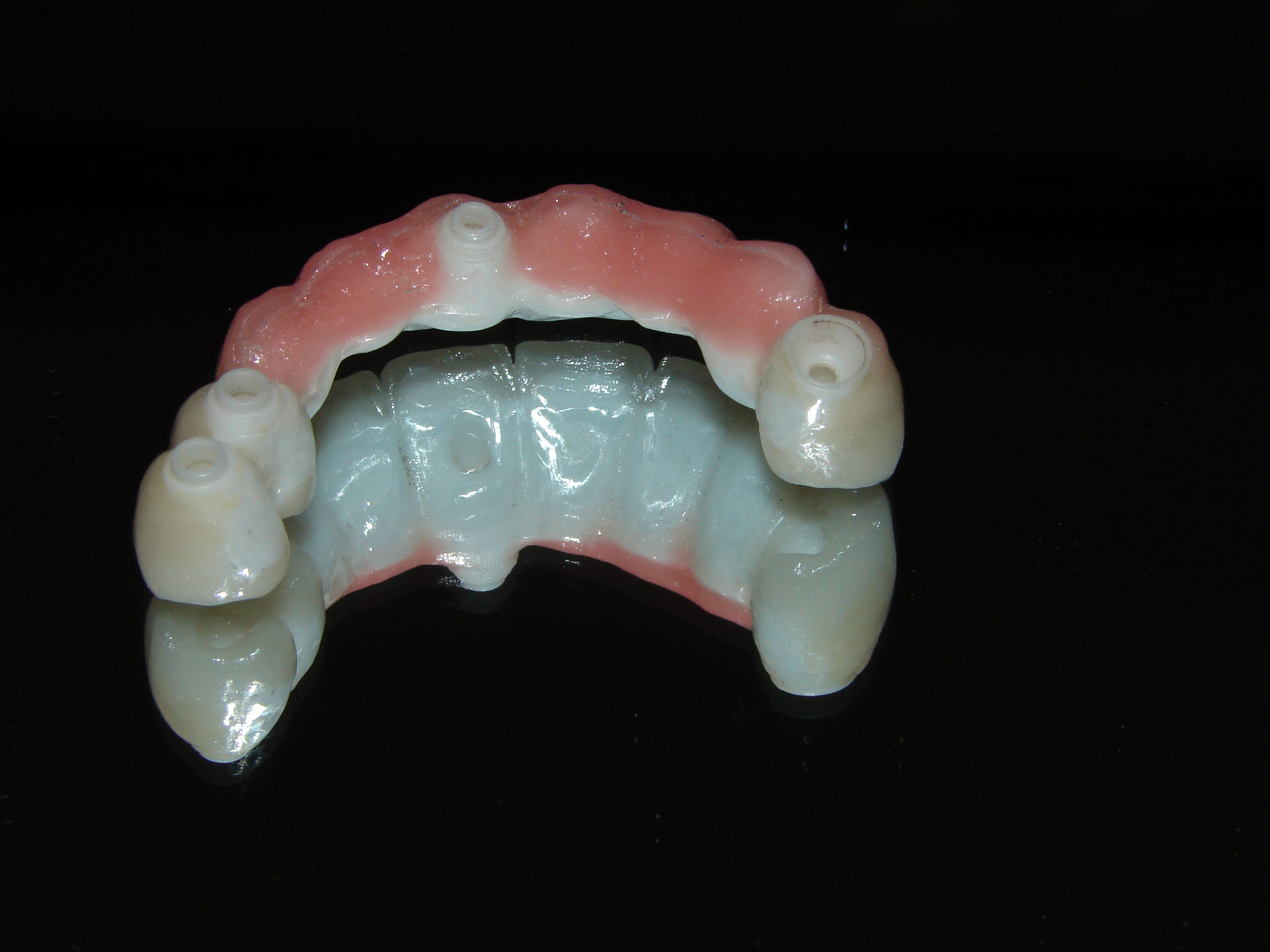

Chloroform and rouge mixture is painted on the intaglio surface of the cast restoration. Chloroform and RougeĬhloroform, a potent solvent, dissolves the rouge. Warm the restoration and remove the wax before cementation. This process should be repeated until the wax on the inner occlusal surface becomes very thin.
INTAGLIO DENTAL TRIAL
New wax is added before another trial on the tooth. Adjust that area with a half-round high-speed bur. Any area which keeps the restoration from seating will appear as a bright shiny spot. Next seat the restoration with firm pressure and then remove and inspect the internal surface. Repeat the process until the interproximal contacts are perfected. Test the interproximal contact with floss, and adjust if excessive. Then place the restoration on the tooth and seat it.

Allow the restoration to cool before try in. Disclosing Waxįill the restoration with disclosing wax, and heat it over the flame until wax flows, so that it flows into the pores of the metal and adhere to the internal surface of the restoration. Remove the metal nodules with a half-round high-speed bur. Inspect the internal surface of the restoration under magnification, for small nodules of metal or residual investment. To Disclose Discrepancies of Fit between the Casting and the Prepared Tooth, the Materials That Can Be Used Are the Following Various materials and techniques have been suggested to disclose discrepancies of fit of implant framework, FPD, and RPDs. Implant alignment, impression technique and materials, stone expansion, wax distortion, investment expansion, metal shrinkage, acrylic/porcelain shrinkage, manufacturer variance/tolerance component variance, analog variance, design configuration clinician and technician experience, failure to create an accurate working cast, the transfer technique. (1) distorted impression, (2) improper block out and waxing, (3) processing errors, (4) improper metal or acrylic finishing and polishing.įactors affecting the fit of implant prosthetic superstructure are as follows: Ĭauses that can be related to poor fit of removable prosthesis are as follows: (1) improper line of draw with adjacent teeth, (2) undercut in the preparation, (3) distorted impression, (4) abraded dies, (5) overextended wax patterns, (6) distorted wax, (7) improper expansion of the investment, (8) improper burn-out technique, (9) nodules on the casting, (10) distorted casting, (11) excessive proximal contacts. Several causes can be related to the improper seating of casting: The purpose of this paper is to review the various clinical methods that have been suggested for evaluating the fit of the fixed and removable prosthesis. Ill-fitting prosthesis may cause mechanical failures of the prosthesis, implant systems, or biologic complications of the surrounding tissue. Achieving a passive fit between a cast metal framework or bar and the supporting implant abutment is essential for long-term success of an implant-supported restoration. IntroductionĪn accurately fitting fixed prosthesis on the prepared tooth or a removable prosthesis on the denture bearing area is of paramount importance for the success of the restoration. This article reviews the various clinical methods that have been suggested for evaluating the fit of the fixed and removable prosthesis. Hence the clinician must carefully evaluate the adaptation of the prosthesis using the clinical techniques and combination of the available materials and evaluation methods to optimize the fit of prosthesis. Some of which can be corrected and the others need to be repeated. There are several causes related to improper seating of the prosthesis. The importance of an accurately fitting fixed prosthesis or a removable prosthesis is essential for the success of the restoration.


 0 kommentar(er)
0 kommentar(er)
